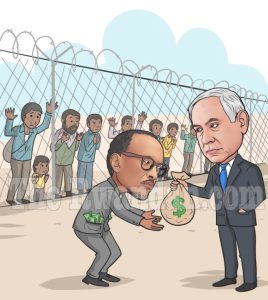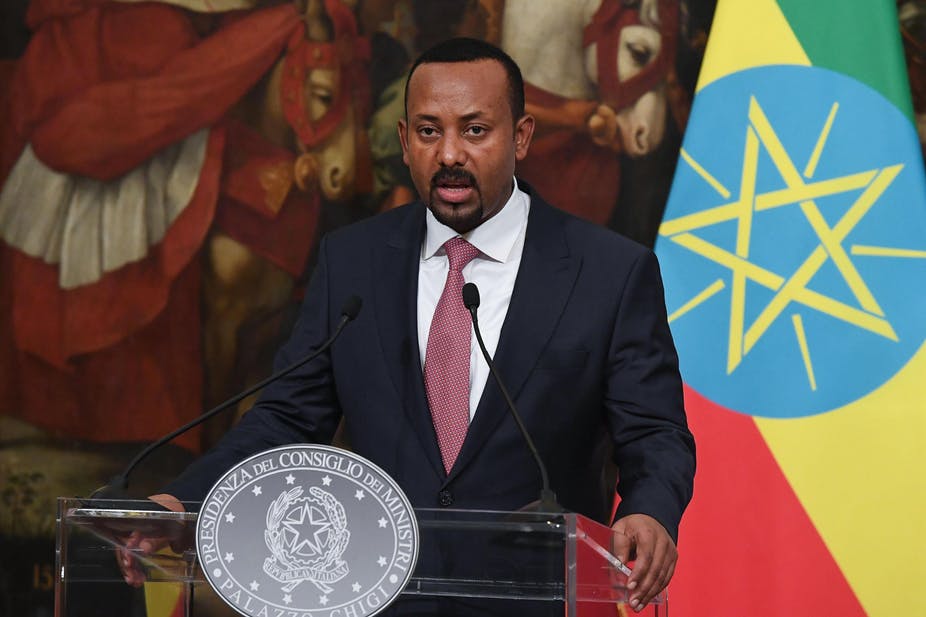
Rwanda’s treatment of refugees meets the demands of EU top diplomat Federica Mogherini. According to media reports, the government of Paul Kagame is ready to accept the now homeless Africans. Officials recently visited Niger, where nearly 1,000 immigrants are held in detention centers. The EU has examined resettlement options and has addressed a number of African countries in order to absorb them. The migrants selected for this relocation are composed of asylum seekers, unaccompanied minors, refugees, economic migrants and stateless persons. Most Ethiopians and Somalis prefer to travel to Rwanda. Director-General for Africa Diyana Gitera said the plan under discussion was that Kigali would accept 500 refugees from Libya as part of an EU-United Nations-funded “emergency transit mechanism” that Kigali was transporting for migrants who want to return to their home countries. The costs of resettlement are borne by the EU and humanitarian organizations. According to the United Nations, Libya has more than 600,000 African immigrants, including more than 5,000 detention centers. The majority are refugees and asylum seekers. Libya’s neighbor Niger has received more than 2,600 evacuees from Tripoli since 2017 as part of an agreement with the EU to curb the influx. The EU’s Emergency Fund for Africa has made more than $ 350,000 available to improve border management and stop the smuggling network. Last year, President Kagame and EU President Jean Claude Juncker met in Belgium and discussed the issue in detail. Then Junker thanked the Rwandan leader for offering to take in migrants and refugees stranded in Libya. According to analysts, it means a lot for Rwanda to attract the attention of the superpowers. Partnerships with Rwanda can be important for the benefits at continental and regional level.
The invitation by the G7 is seen as a strategic move by Europe to continue actively engaging the AU on the migrant crisis in an effort to halt and tackle the systemic issues that cause migration,
